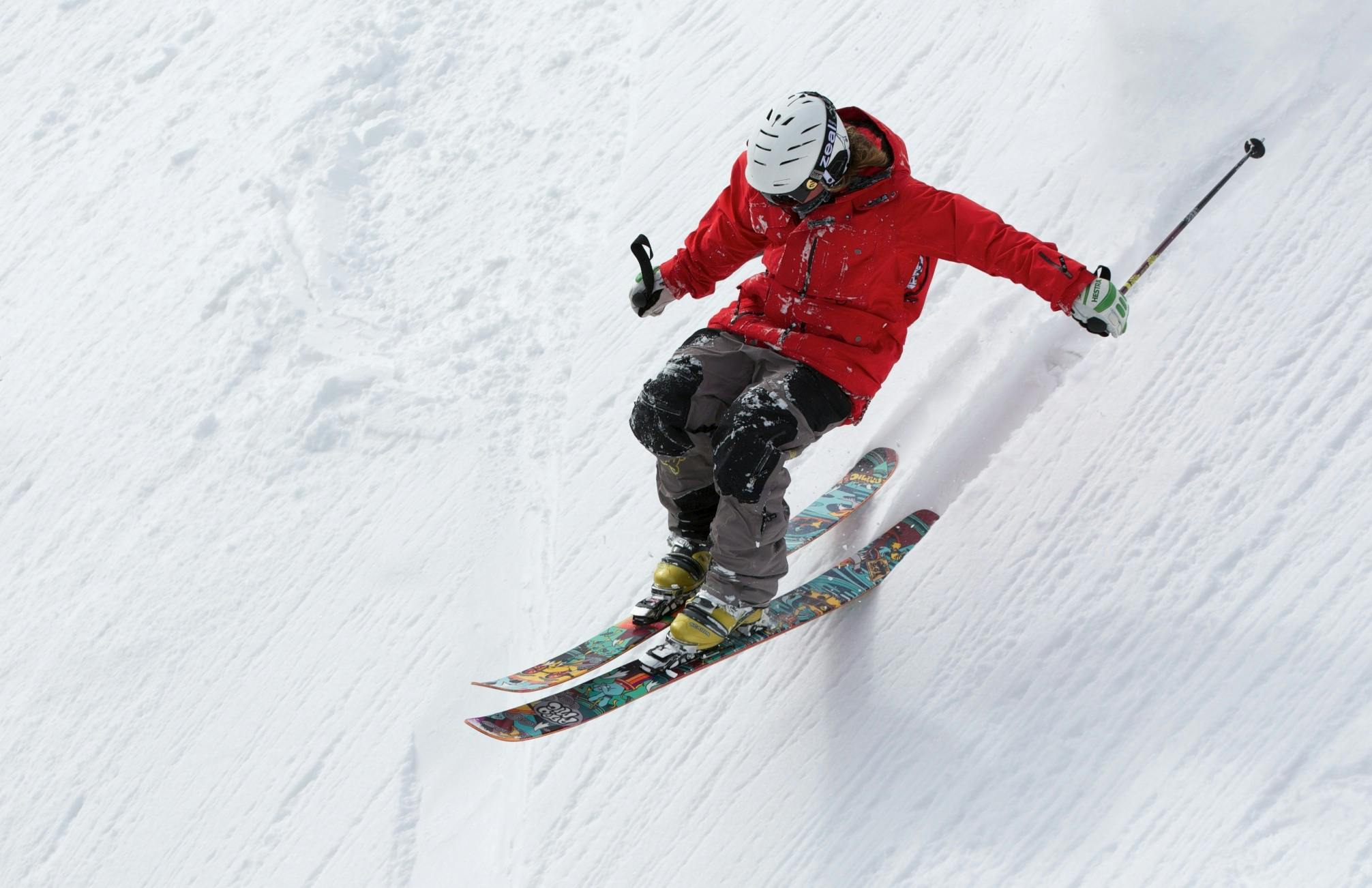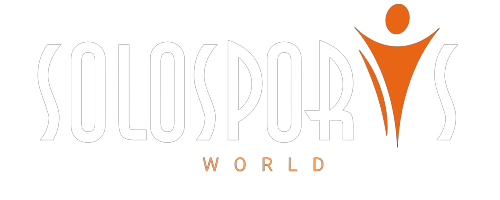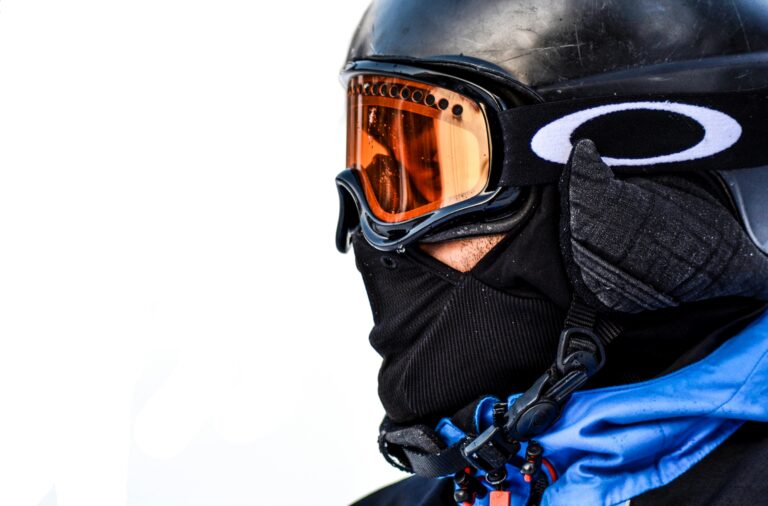Ever thought about escaping to a snowy mountain for a ski trip? Sounds amazing, right? But before you start daydreaming about perfect powder or digging out your boots, there’s a price tag to face. From lift tickets to meals, knowing what to expect can stop your ski trip from turning into a money pit. I’ll walk you through the real costs so you can budget smart and enjoy the thrill without stress.
What Are the Average Costs of a Ski Resort Visit?
In general, the average costs involved in visiting a ski resort include lift tickets ranging from $70-$150 daily, equipment rentals averaging $30-$60, lodging costs between $100-$500 per night, and meals which can vary widely. Skiing can be manageable on a budget with careful planning.

Skiing isn’t cheap, but knowing where your money goes helps. Here’s what a typical day might cost:
- Lift Tickets: Plan on paying about $70 to $150 for a day pass. If you want more time on the slopes, multi-day passes usually bring down the daily cost.
- Equipment Rentals: Renting skis or a board can set you back $30 to $60 each day. If you’re just starting out, rentals are a solid way to save before buying gear.
- Lodging: Whether you choose a cozy cabin or a fancy resort, expect $100 to $500+ per night. If you’re on a budget, look at nearby towns for cheaper options.
- Meals: Food on the mountain can get pricey — meals often range from $15 up to $60. Packing your own snacks or finding local bites off the slopes can really help.
If you’re bringing the whole family, note that kids often get discounts or free lift tickets, and bundled equipment rentals can ease the tab.
The National Ski Areas Association says the average skier spends about $522 per visit overall. Knowing that number upfront can guide how you plan.
How to Effectively Budget for Your Ski Trip
Start by breaking down the essential costs involved in a ski trip. Account for lift tickets, lodging, meals, and equipment. Allocate a budget for unexpected expenses you might encounter.
Think of your budget as your best skiing buddy. Here’s a useful estimate to get you started:
| Category | Estimated Cost |
|---|---|
| Lift Tickets | $70 – $150 per day |
| Equipment Rentals | $30 – $60 per day |
| Lodging | $100 – $500 per night |
| Meals | $15 – $60 per meal |
| Total Daily Average | $200 – $600 |
Ever found yourself broke after dropping way too much on snacks? Happens to the best of us. I recommend bringing some sandwiches or simple snacks just in case.
Don’t forget the little extras — parking can be $20 a day, and emergencies might pop up (think gear repairs or insurance). Families should also plan for kids’ lessons and childcare — those can add up but keep everyone happy.
What Hidden Costs Should You Expect When Skiing?
Common hidden expenses may include parking fees, insurance, and tips for instructors or staff. Preparing for these will help avoid unpleasant financial surprises.
Beyond the obvious, a few sneaky costs often catch skiers off guard:
- Parking Fees: Many resorts charge $20 to $30 daily, especially during busy times.
- Insurance: Skiing can be risky. Travel insurance that covers ski injuries usually runs from $30 to $100.
- Tipping: If you take lessons or use shuttles, tipping instructors and staff is expected and adds up.
- Lesson Costs: For beginners, expect to spend around $100 to $200 per lesson.
I once read a comment from someone who “forgot to tip and regretted it.” Little things like that can save a lot of awkward moments.
About 30% of visitors face unexpected expenses, according to the National Ski Areas Association, so planning ahead really pays off.
What Affordable Ski Resorts Are Best for Families?
Top affordable ski resorts in North America provide engaging environments without costing a fortune. Reviews often highlight family amenities that make these spots great for all ages.
If you’re skiing with kids, finding budget-friendly spots that everyone enjoys is key:
- Bromley Mountain, Vermont: Great family packages and tailored lessons for little skiers.
- Cannon Mountain, New Hampshire: Offers weekend lodging deals and free lifts for kids under 6.
- Big Sky Resort, Montana: Slightly pricier, but family bundles make it worthwhile for bigger groups.
- Snoqualmie Pass, Washington: Near Seattle, with lower-cost dining and lodging options nearby.
Pro tip: Booking off-peak or snagging family packages online can save you a bundle.
I’ve also heard that group rentals for families can cut costs — so don’t be shy about negotiating if you’re going with a crew.
How Do Ski Resort Prices Compare Across Different Locations?
A significant price variation can be observed across major ski regions in North America and Europe. Consider seasonal trends to find the best deals.
Where you hit the slopes makes a big difference to your wallet. Check these averages:
| Region | Average Daily Costs | Best Time for Deals |
|---|---|---|
| Colorado | $250 – $600 | Late January – Early February |
| Utah | $200 – $500 | Early December |
| Swiss Alps | $300 – $650 | Mid-January |
| East Coast | $150 – $400 | Early March |
European resorts off the beaten path can sometimes be cheaper than North American ones. Passes like Epic in Colorado or Swiss Ski Pass give you more bang for your buck if you plan to ski several days.
Demand really drives prices up, so if you’re flexible, traveling during quieter times pays off.
Is Buying a Season Pass Worth It?
Purchasing a season pass can yield impressive savings for those who ski frequently. Comparative analysis shows that consistent skiers benefit substantially over purchasing day passes.
Here’s a simple way to think about it:
- Day Pass: About $150 per day. Going several weekends? The total adds up fast.
- Season Pass: Usually $500 to $1,500, depending on resort and extras.
If you ski 10 or more days a season, a pass practically pays for itself. I’ve heard many skiers say, “It’s a no-brainer once you get into the habit.”
Look out for family or early-bird deals — those can knock quite a bit off the price.
What Are the Best Ways to Save Money on Ski Gear?
Renting ski equipment can often be more economical than buying, especially for beginners. Lines of practical advice often emerge from community discussions on platforms like Reddit.
Getting gear can be intimidating (and expensive). Here’s how to keep costs in check:
- Rent vs. Buy: If you ski fewer than five times a year, renting makes sense. Compare prices locally and online to find a good deal.
- Buy Used: Check places like eBay or ski swaps for lightly-used gear at a fraction of the cost.
- Seasonal Sales: Buying gear at season’s end can save you up to 70%. I once scored skis at that kind of discount — patience pays!
According to the National Ski Areas Association, it usually takes beginners two to three seasons to justify buying their own gear over renting.
How to Secure Exclusive Discounts for Your Ski Trip
Finding ski discounts requires navigating through specific tools and membership programs that some may not realize exist. Resourcefulness is key to saving big.
Want to pay less? Try these:
- Discount Sites: Liftopia and similar websites offer lower prices on lift tickets and rentals.
- Memberships: Ski clubs or resort memberships often unlock special deals.
- Social Media: Follow resorts on Twitter or Instagram — you never know when flash sales pop up.
Online communities are gold mines for tips. One skier said, “I found a $50 discount just by asking in a Facebook group.” Never underestimate the power of asking around.
Are There Hidden Costs in Skiing for Beginners?
Beginners face unique expenses not commonly considered, such as essential equipment purchases, lesson costs, and injury insurance. Comparison with experienced ski costs illustrates this journey.
Starting out means extra spending you might not expect:
- Gear: Basic beginner kits run $200 to $800, depending on what you need.
- Lessons: Crucial for learning safely, and they usually cost $100 to $200 a session.
- Insurance: Don’t skip it—it could cost $30 to $100 and save big if you get hurt.
Seasoned skiers often say, “Invest in lessons upfront. It makes all the difference.” That advice stuck with me and really helped me enjoy skiing more.
How Much Should You Expect to Spend Daily on Skiing?
Costs vary widely based on skiing styles, with families and experienced skiers reallocating their budgets according to needs and experiences.
Daily costs shift wildly depending on your style:
| Type of Skier | Estimated Daily Costs |
|---|---|
| Family (4 people) | $600 – $1,200 |
| Individual | $200 – $600 |
| Beginner | $250 – $500 |
| Experienced | $300 – $700 |
Families tend to spend more on lessons and childcare, while solo skiers might splurge on gear or off-trail thrills.
Planning your budget with your style in mind helps avoid sticker shock on day one.
Bottom line: Whether you’re just starting out or carving powder like a pro, knowing what skiing costs lets you plan better and stress less. Use these tips to build a budget that fits your trip and leaves room for fun. And hey, if you want to brush up on your skills before you go, there’s a great video down below.
Get excited — the mountains are waiting!




